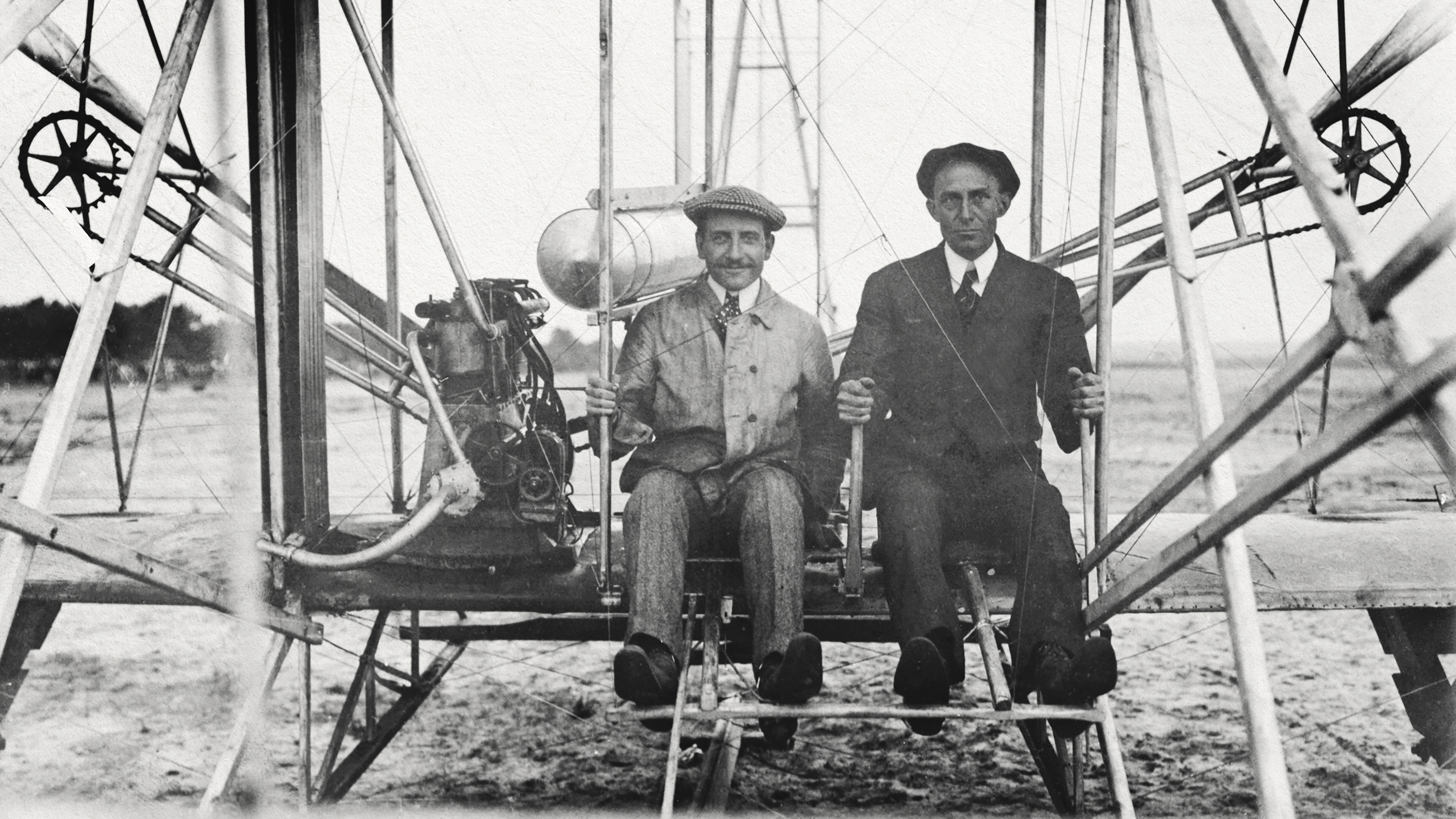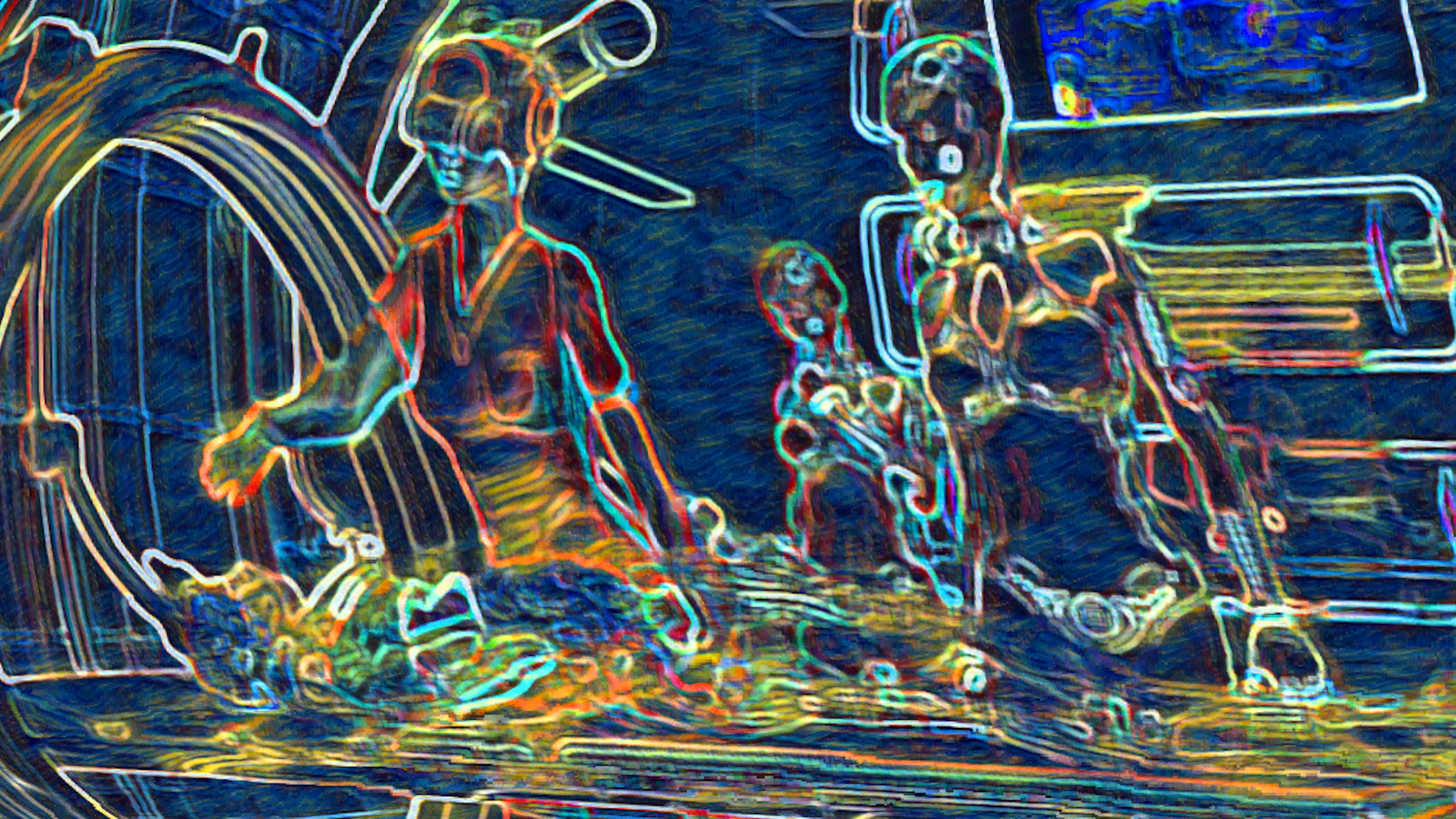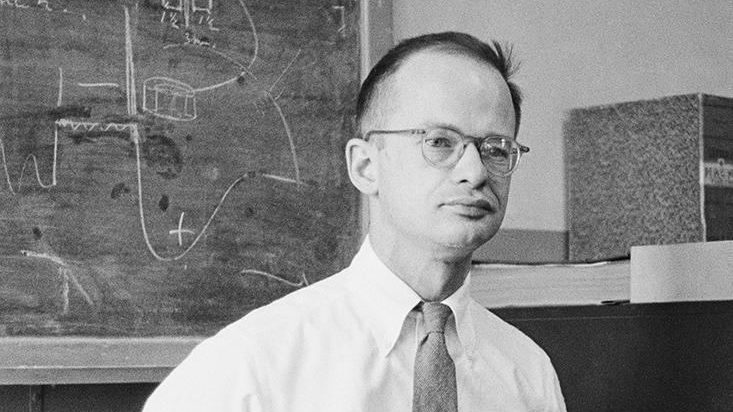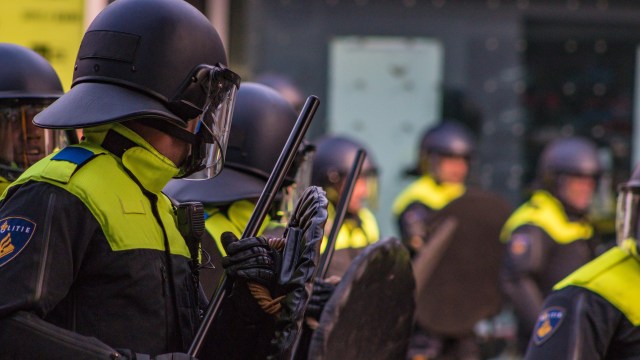Robert Downey Jr. plans to ‘clean up the planet’ with A.I.
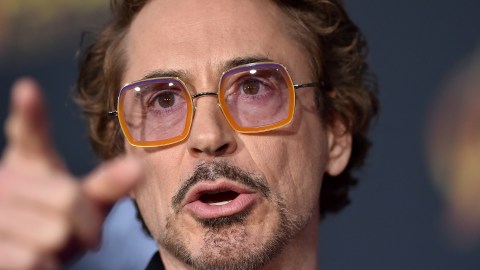
Axelle/Bauer-Griffin / Contributor
- At an Amazon event, actor Robert Downey Jr. announced plans to launch a foundation that would use robots and nanotechnology to clean up the environment.
- The foundation is called the Footprint Coalition. Details of the foundation's plans are unclear.
- Researchers are exploring a variety of ways that nanotechnology could help protect the environment.
Speaking at Amazon’s Re:MARS conference in Las Vegas this week, Robert Downey Jr. announced plans to start a foundation that would use robotics and nanotechnology to clean up the planet. In true Tony Stark fashion, his goal is bold.
“Between robotics and nanotechnology, we could clean up the planet significantly, if not totally, in 10 years,” said Downey Jr., adding that he’d been speaking with experts about the plan, according to Variety. “God I love experts. They’re like Wikipedia with character defects.”
Downey Jr. posted a snippet of his talk on Instagram.
The actor said he’s concerned about the environment.
“I have this quiet sense of crisis,” he said, acknowledging that his lifestyle has been less than environmentally-friendly, according to Variety. “I’m a one-man carbon footprint nightmare colossus.”
The foundation is called the Footprint Coalition, and it’ll reportedly launch in April 2020, though it’s unclear exactly what it plans to do. A website for the foundation currently lists a newsletter sign-up but little else. Downey Jr. is also currently working on an eight-episode YouTube docu-series about A.I. that’s scheduled to air sometime in 2019.
How could nanotechnology improve the environment?
Researchers are exploring a variety of ways that nanotechnology — which seeks to manipulate matter at the atomic and molecular level — could help protect the environment and curb climate change. Some examples include improving the efficiency of solar panels, generating less pollution during manufacturing, cleaning up oil spills, and creating stronger, lighter materials.
But one of the most exciting potential applications for nanotechnology, in relation to the environment, lies in using nanomaterials to convert CO2 to make products.
“Nanomaterials can convert carbon dioxide into useful products like alcohol,” Arun Chattopadhyay, a member of the chemistry faculty at the Center for Nanotechnology, Indian Institute of Technology Guwahati, told Scientific American. “The materials could be simple chemical catalysts or photochemical in nature that work in the presence of sunlight.”
But the main problem with this approach — and with most nanotechnology strategies — is cost; it’s still unclear how to make nanotechnology economically viable. What’s more, the extremely tiny scale of nanoparticles raises unique questions about potential health risks. Still, it’s entirely possible researchers will find ways to surpass both of these barriers as nanotechnology continues to get cheaper.
